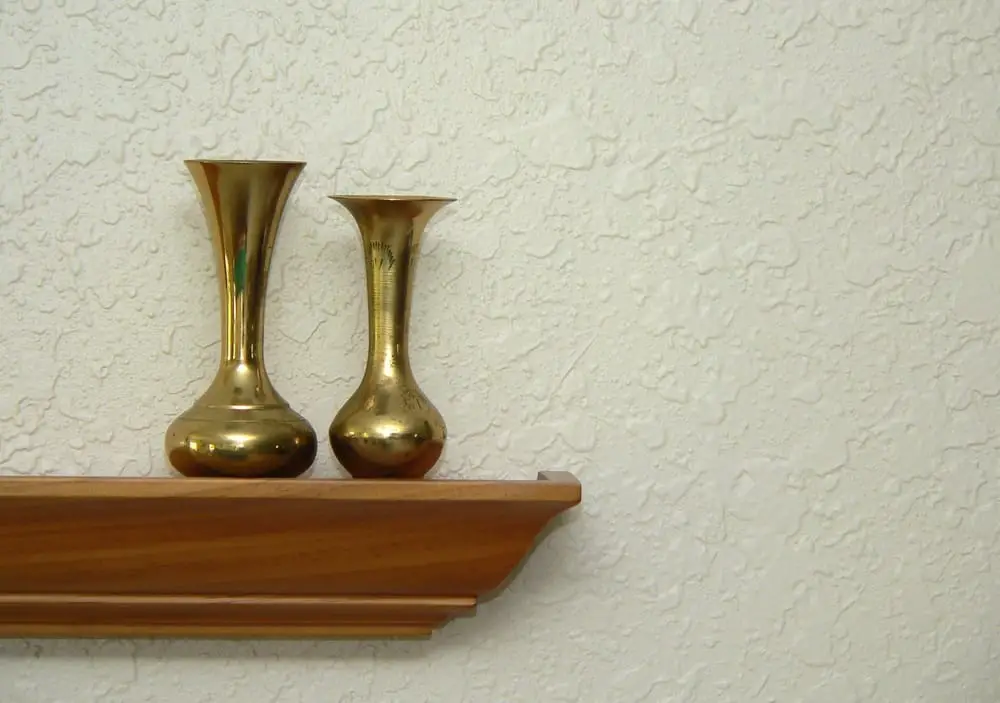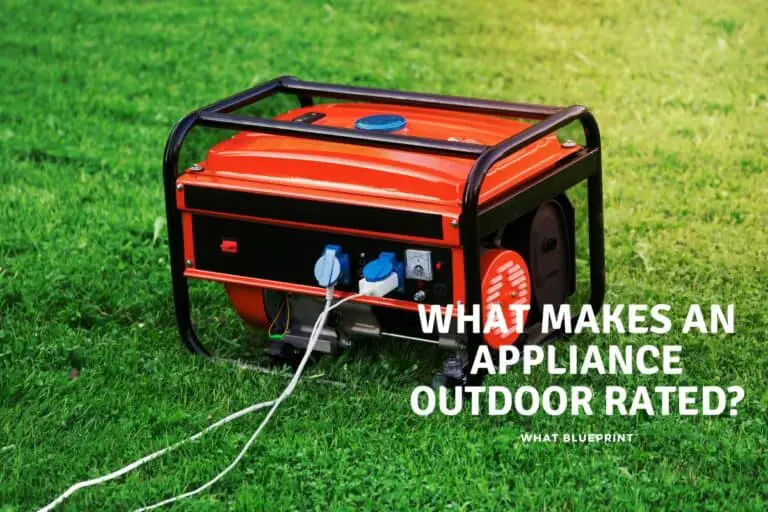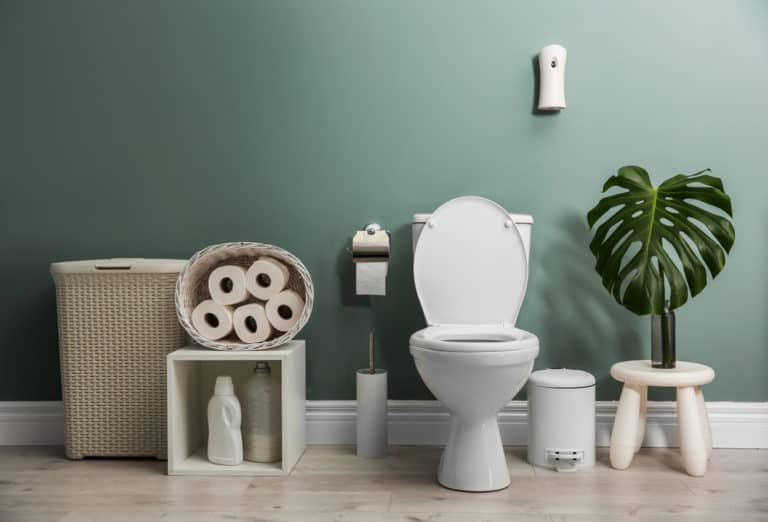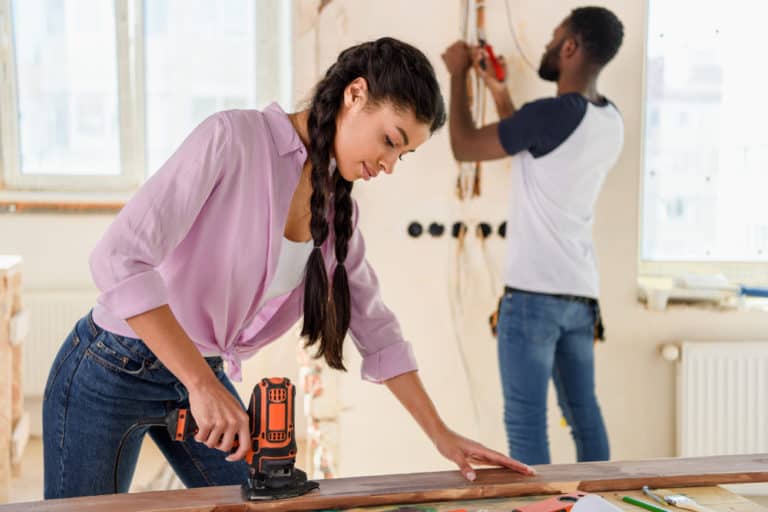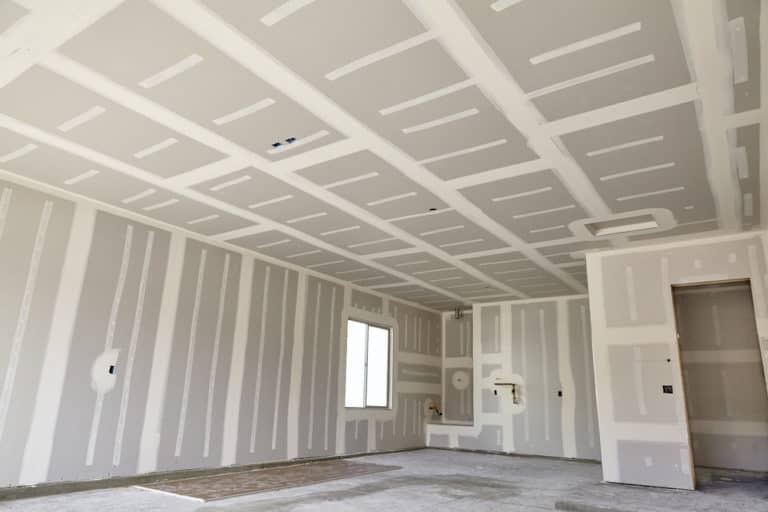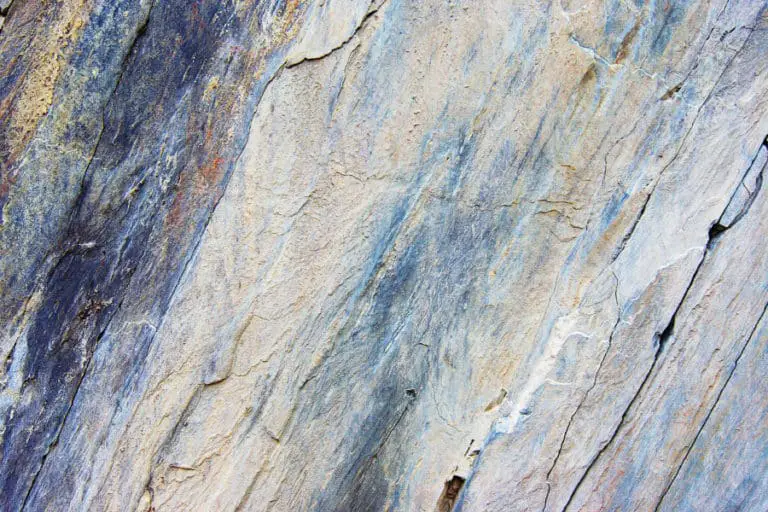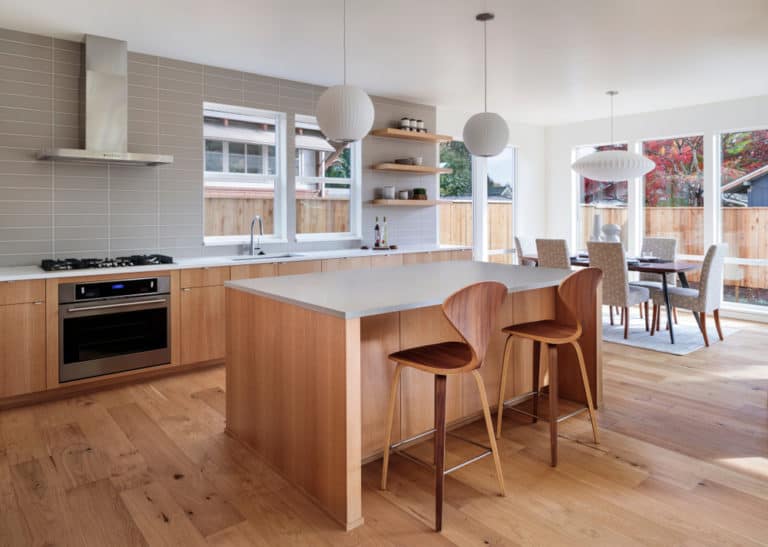Why Do Builders Use Knockdown Texture?
You have to love the knockdown texture! It hides minor surface imperfections and gives the wall an improved look thanks to its rustic look. Its texture is reminiscent of stucco, but it is smoother and more spread out. Builders have widely applied knockdown texture to drywall since the early 1990s, but its popularity is back to prominence. Why?
The knockdown texture gives the walls a mottled texture that provides walls with a new appearance by hiding imperfections like scratches and scuffs. It also saves money on construction because it hides drywall falls that necessitate costly sanding and priming steps for drywall professionals.
Knockdown texture provides a casual elegance to interior walls and lends itself to various décor types. The texture gives a hand-painted appearance instead of troweled one. This article will help you know the basics of knockdown texture and why builders use it.
What You Need To Know About Knockdown Texture
The successor to popcorn and orange peel textures, knockdown texture, has remained a hit with homeowners for its impressive appearance and practicality. The knockdown texture is also known as the splatter texture. It is more intense than a plain flat finish but less intense than the orange peel or popcorn texture.
Knockdown texture is created by watering down joint compound to a soupy consistency until it is partially translucent. The excess is then thrown against the wall with a trowel, causing splatter marks to form in random patches across the wall. The joint compound begins to form stalactites as it dries.
You can then smooth out the splatter marks, knocking off the stalactites and leaving the mottled finish.
Another technique of applying the texture is by using a texture machine. The machine distributes the mud instead of paint evenly across the wall through an internal spinning mechanism. It results in a splatter coat that dries and one that you can skim with a knockdown knife to reduce edges.
The resulting mottled, natural texture adds dimensional visual impact while providing a practical solution to hiding imperfections.
6 Reasons Why Builders Prefer Knockdown Texture
One thing builders focus on is texture on their walls. They want to make sure that the walls look good and have an excellent finish. Knockdown texture gives an enhanced appearance to the walls of any room without being too intense. Below are more reasons why builders use knockdown texture.
- Cost-effective– Knockdown texture reduces construction expenditure because it masks drywall deficiencies that would otherwise need costly sanding and priming steps for drywall professionals.
Applying a knockdown texture to a prepared surface costs about $1.00 to $2.50 per square foot. Most people spend approximately $600 to $800 for a space. The cost of materials, wall or ceiling height, space size, and intricacy determine the project’s cost.
- Knockdown texture is easy to apply– A novice can quickly learn how to use a trowel and mud pan for knockdown texture. A knockdown texture on ceilings and walls is a fast, easy way to hide flaws and or repairs. It’s more forgiving than other textures for any builder. It also has a more modest appearance than the dense popcorn texture.
- No need for primer or sanding– Heavy textures, such as orange peel and popcorn, require you to sand all drywalls surfaces before applying the joint compound lightly. A knockdown texture, on the other hand, only requires a light skim coat on all surfaces.
- Saves time– The knockdown texture process is fast and easy. It goes on smoothly, dries quickly, and you can apply it in a single day. It saves a massive amount of time and energy.
- Uniform finish– A knockdown texture covers up imperfections while providing an enhanced look for walls of all types without being dense like other textures. You get uniformity on the wall with every application!
- Added character– Knockdown texture adds character and charm to your home. With a splash of this rustic finishing, you can enhance the beauty of any room with its casual elegance. It also has a more modest appearance than the dense popcorn texture.
Types Of Knockdown Textures Builders Use
There are different knockdown textures, each with a distinct look and requiring unique tools and techniques. The textures include the following.
Stomp
It is the most prominent texture and the current industry standard. The stomp texture features a higher elevation off the surface than splatter or mud trowel. It improves the traditional stipple texture, which only features a slight elevation from the surface.
To make the stomp texture, thin pre-mixed or ready-to-mix drywall mud with water and apply it with a paint roller to a wall or ceiling. Next, stomp a stiff-bristled crows-foot brush into the mud.
The mud used for stomp knockdown is much thinner than that used for any other drywall finishing phase. While it is still wet, the spikes of the star pattern are smoothed down with a knockdown knife to make a stucco look.
When it’s time for finishing, flatten the mud with a standard knockdown knife, leaving a finger-like texture on 60 percent or more of the surface. You must be careful when knocking down this texture.
The dried mud chunks dragged through the surface, especially if the mud is too hard before being knocked down, can destroy the underlying pattern.
Splatter
The splatter texture has a rich pattern of splotches inspired by lace veils and the traditional look of Spanish lace stucco. The texture is a variation of the conventional drywall mud finish. It involves throwing small amounts of the loose compound at the surface with an extended length, plastic trowel, and a mud pan.
The technique usually applies the compound to the surface in random patterns with many spots of different sizes, shapes, and elevations. More significant, irregular spots of varying sizes and shapes on the wall with a random design of large spots characterize this texture.
You can achieve the splatter texture by using a drywall hopper gun loaded with either pre-mixed wet drywall mud or joint compound powder mixed with water to spray the surface first.
Later, it’s important to flatten the peaks formed with an inch or knockdown knife to achieve a low-profile raised texture covering 40 percent of the surface.
Because a drywall hopper gun is necessary, this method takes longer to set up than stomp and mud trowel, but once you’re up and running, the application will be swift, consistent, and less tiresome.
Mud Trowel
The mud trowel provides a flatter, more subtle look than splatter or stomp. Using a drywall taping knife, you can achieve the texture to apply thin coats of joint compound to the surface. After each coat dries, use an eight-inch mud trowel to smooth down any bumps or ridges that form in the mixture.
You can use an electric hand sander or sanding block to smooth out the high spots and peaks, then add a final coat of mud to the surface. Hand troweling takes more time than splatter, thus requires patience
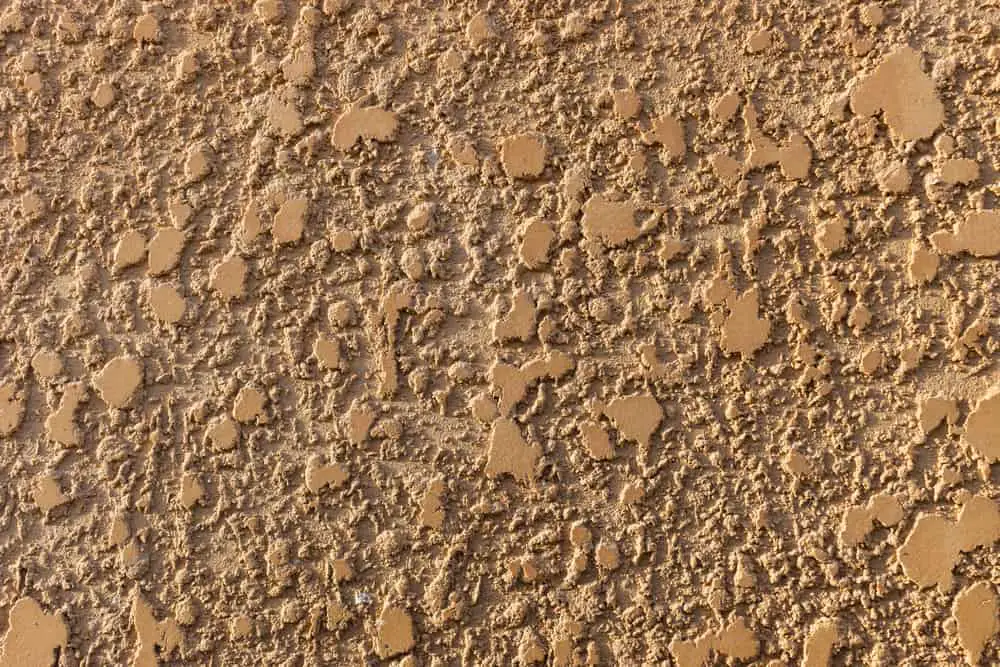
Knockdown Texture Pros and Cons
Knockdown texture comes with its pros and cons. The pros include;
- Time-effective because of its speedy finishing method.
- Cost-effective because it’s a low-cost finishing option.
- It is aesthetically appealing with its rustic look.
- Affordable since it’s easy to obtain materials.
- DIY friendly.
- A great soundproofing solution.
The cons include;
- Outdated look.
- Requires more preparation time than other types of textures because it requires multiple coats.
- Difficult to clean.
- Easily damaged and needs frequent touch-ups.
- It may not provide enough hiding power for imperfections in the drywall.
Conclusion
Most builders find knockdown texture visually pleasing because it adds interest and a unique Mediterranean feel to any wall or ceiling. You can quickly achieve it for DIY projects with the help of drywall taping.
Although the texture is easy to obtain, it requires multiple coats. It is also a standard texture found in several parts of the United States and worldwide. This texture is best for ceilings and walls.
References
- http://www.texturemaster.com/knockdown-texture-what-is-it/
- https://en.wikipedia.org/wiki/Joint_compound
- https://www.inchcalculator.com/knockdown-texture-cost-guide/
- https://www.bobvila.com/articles/knockdown-texture/
- https://drywall101.com/articles/texturegroups/stompknockdown.php
- https://upgradedhome.com/is-knockdown-texture-outdated/
- https://hometipsforwomen.com/knockdown-drywall-texture

